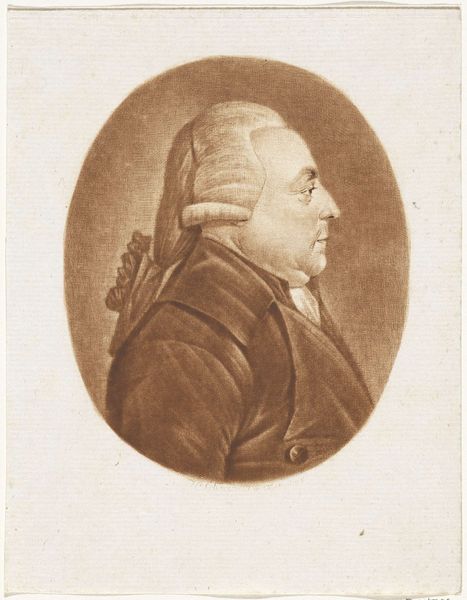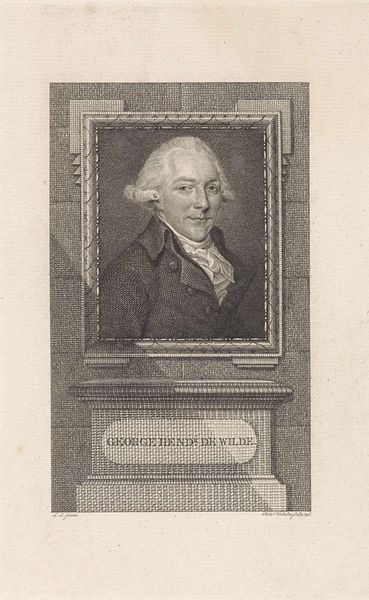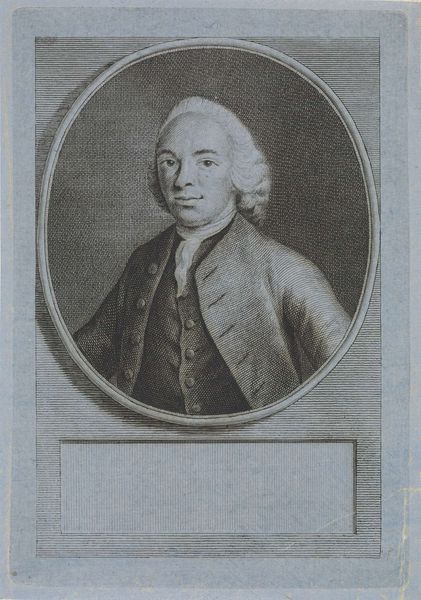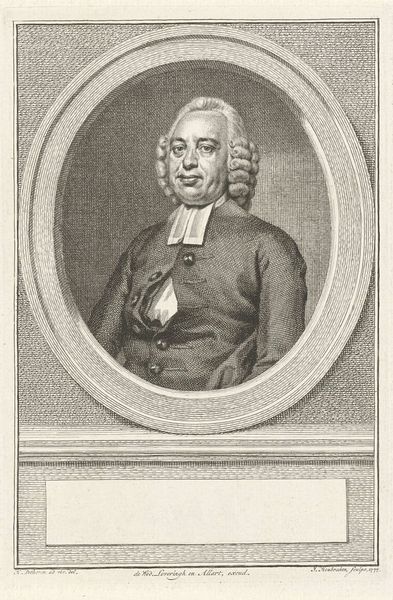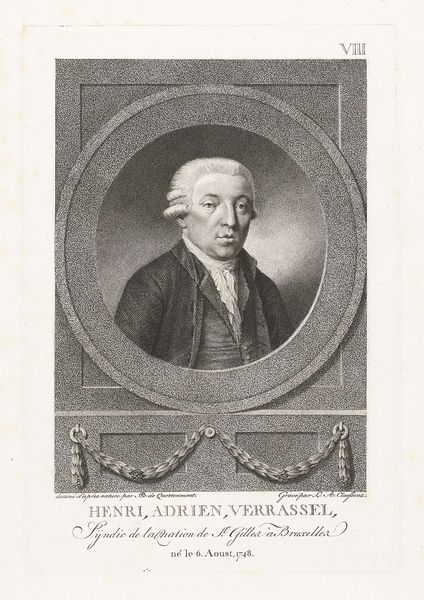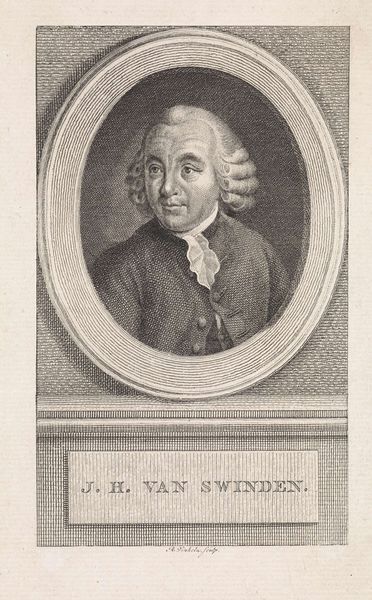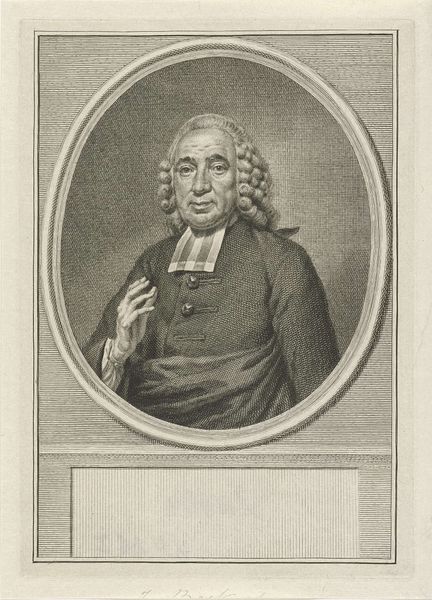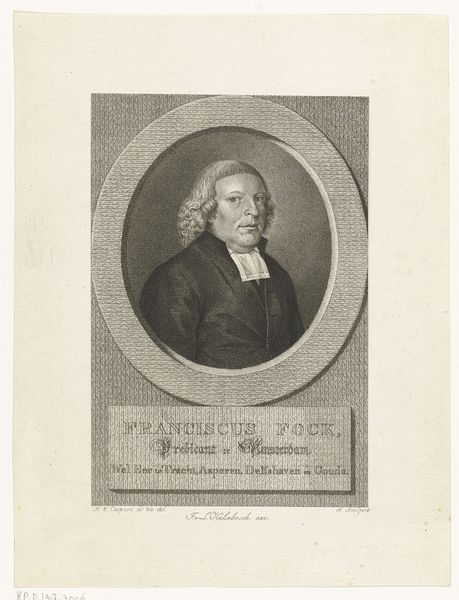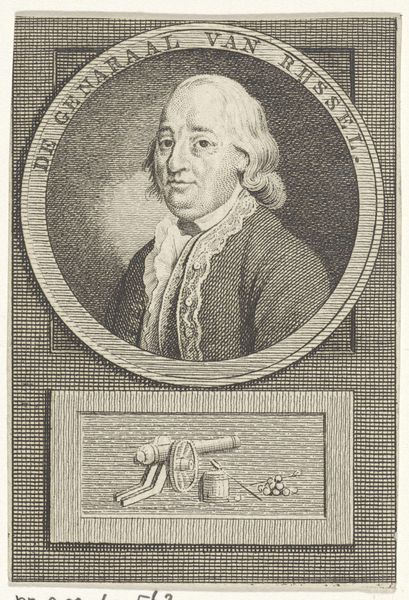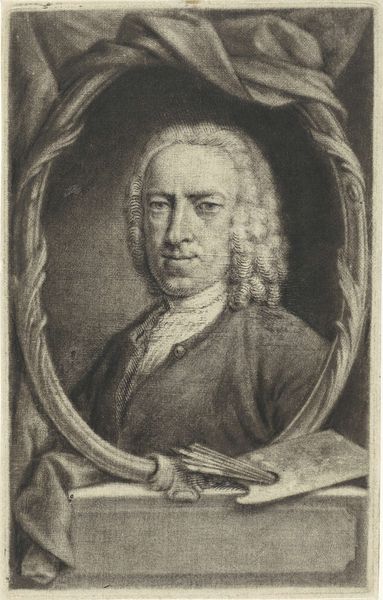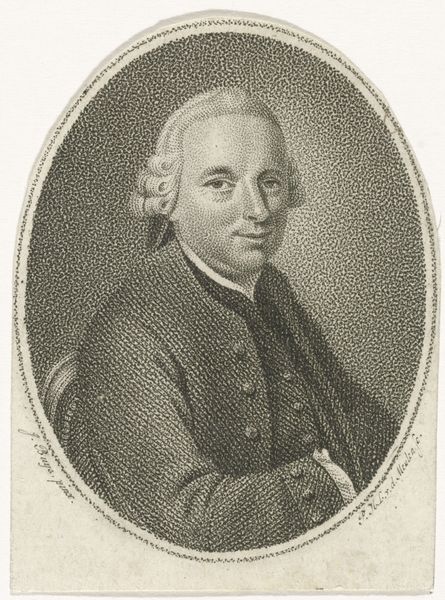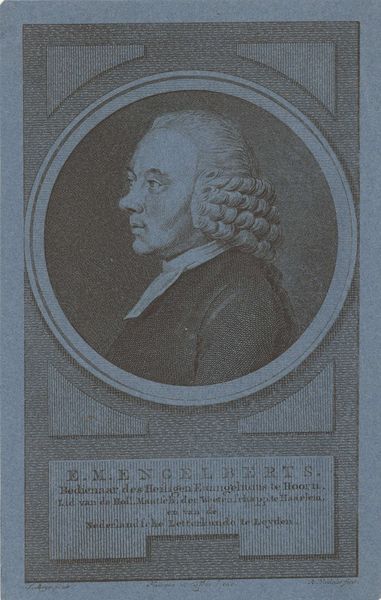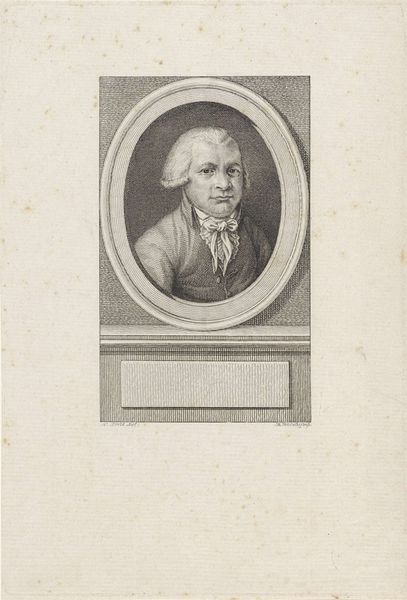
engraving
#
portrait
#
neoclacissism
#
history-painting
#
engraving
Dimensions: height 71 mm, width 122 mm
Copyright: Rijks Museum: Open Domain
Curator: My first impression of this engraving, *Portret van Joës Andreas Offerman*, made sometime between 1789 and 1822 by Jan Willem Caspari, is dominated by texture; the way the engraving creates layers of visual information. Editor: Immediately I think about power structures. We see the sitter presented within an oval frame. What does this visual language, employed during the height of Neoclassicism, say about the subject's place in Dutch society? Curator: Engraving, as a process, allowed for relatively widespread distribution of imagery, which could enhance Offerman's visibility. What kinds of labor and materials went into creating such a reproducible image at that time? Editor: It's compelling to think about visibility in a broader sense, too. What narratives are intentionally left out? Consider what privileges might have enabled Offerman to have his likeness memorialized. Who wasn’t offered this opportunity? Curator: Right. I wonder what paper was used and how the artist meticulously transferred the image. It requires an intense engagement with materials, forcing a concentrated dialogue between artist and plate. Editor: And it invites us, today, to ask how we can actively engage with not only this historical figure’s story, but how we can re-examine whose histories get told and, critically, how? Does the format invite wider recognition, or reinforce social hierarchies? Curator: Thinking about it technically, an engraving allowed for controlled lines and tonal gradations. These reproductive prints democratized portraiture somewhat but also shaped the sitter’s perceived status through its specific mode of making. Editor: True, the technique of engraving in itself is a tool to shape representation. It's interesting how the materiality intersects with the subject— the very grain of the engraving mimics societal strata of the era. It certainly is a fascinating nexus of image, materiality, and social inscription. Curator: Absolutely, considering both the artistic skill involved and the economic implications really allows a much richer understanding of images like this.
Comments
No comments
Be the first to comment and join the conversation on the ultimate creative platform.
